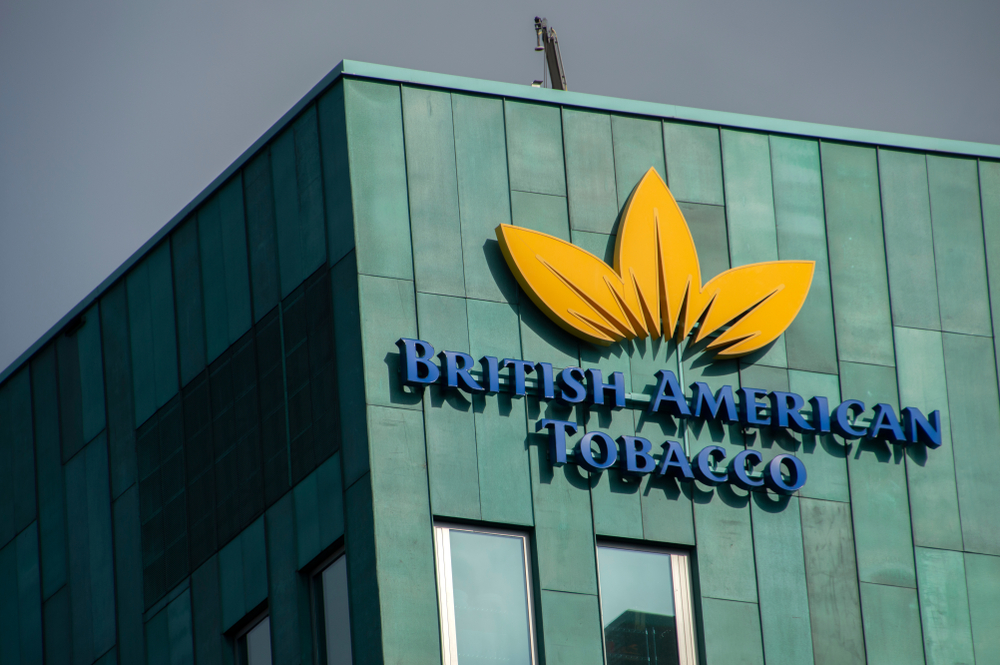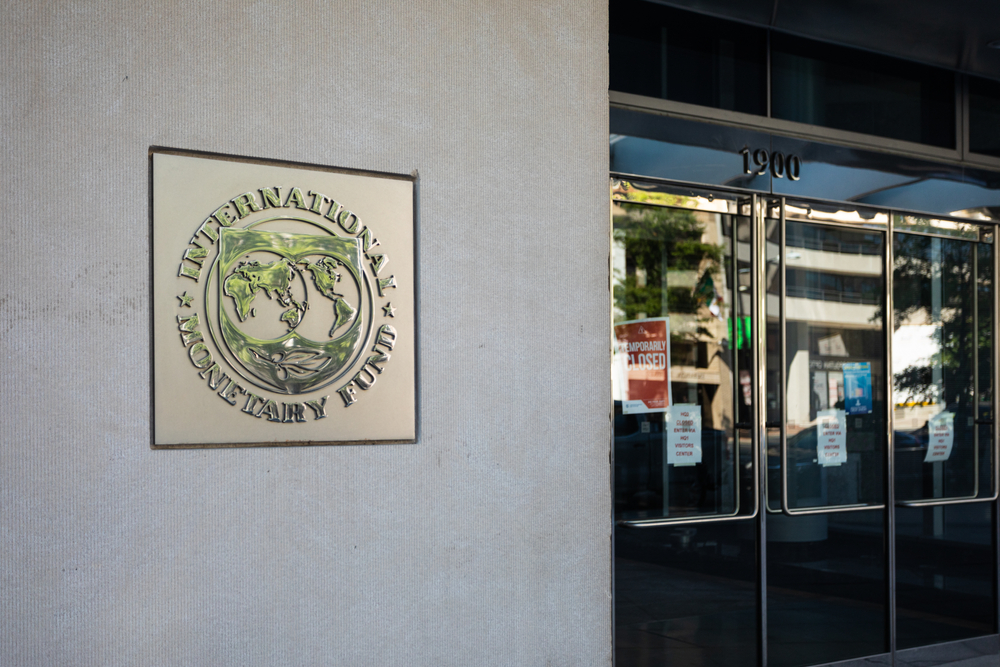A Tale of Two Vaccines

To be honest, it is more a tale of two methods of vaccine development, but that doesn’t scan nearly so well as a headline. Equally, to borrow Charles Dicken’s words and suggest “It was the best of times, it was the worst of times,” might be over egging things, but after the personal tragedies and economic woe this COVID-dominated year has wrought, the news that vaccines appear to be just around the proverbial corner is welcome indeed.
We already knew about the U.S.-German Pfizer-BioNTech vaccine, of course, as well as the American Moderna jab. The week this issue went to print brought news that a third vaccine, from Oxford University and the U.K. firm of AstraZeneca, had also been found to work. Had it come first, with its reported 70% success rate, it would surely have been lauded to the skies; following on from Pfizer (more than 90%) and Moderna (94.5%), some might be a little disappointed. But that would still be on a par with the flu jab in most years, and ignores the bigger picture that there are now three viable vaccines that could soon be on the market. One source vaccine alone was never going to be enough.
There was actually some even better news buried away in the Oxford-AstraZeneca results: most people got two full doses of the vaccine, one month apart, but one group received a half dose, followed by a full dose, and amongst those, the success rate rose to 90%. The suggestion is the smaller initial dose better prepared the body for the follow up. If so, it means there will be far more doses to go around.
There is yet more potential good news. The two earlier vaccines are remarkable, using a groundbreaking approach with synthetic material made in the lab. But they are relatively expensive and somewhat unstable, requiring storage in deep freeze, before they are moved into an ordinary fridge for use. After five days in that fridge, they lose their efficacy. The Oxford approach uses another virus to do its work. It is relatively cheap; importantly, it is also more stable, and can apparently be stored and transported at 2-8°C (35-46°F) for at least six months, making it much easier to distribute.
The reason everyone is so excited about these vaccines is not only that they bring hope an end to the pandemic is closer, and with that a welcome injection (pun intended) of business confidence; they also report on the back of properly measured late-stage clinical trials. That is not something that can be said of the Russian Sputnik V vaccine, which has been approved by Russia’s authorities, but no one else, and is effectively doing its so-called phase III trials in the field. Even the choice of name, echoing that of the first artificial satellite placed in space, suggests this was more about the glory of the race than anything else.
It uses a similar approach to Oxford-AstraZeneca, and may well be effective and safe, but the truth is we don’t know, as it lacks the rigorous testing the others are going through before they get EU or U.S. approval. It makes it all the odder that Hungary has been championing the fact that it has received samples of the Sputnik vaccine to investigate. Hungarian experts can look at it all they like, but without the evidence of the clinical trials results, they cannot say whether it is safe. That’s why we have the trials in the first place.
Put another way, would I want my 90-year-old mother, who is in the highest risk category, to get a Sputnik V vaccine? I’m no anti-vaxxer, but no, not until there are some transparent, peer-reviewed trial results behind it.
Robin Marshall
Editor-in-chief
This editorial was first published in the Budapest Business Journal print issue of November 27, 2020.
SUPPORT THE BUDAPEST BUSINESS JOURNAL
Producing journalism that is worthy of the name is a costly business. For 27 years, the publishers, editors and reporters of the Budapest Business Journal have striven to bring you business news that works, information that you can trust, that is factual, accurate and presented without fear or favor.
Newspaper organizations across the globe have struggled to find a business model that allows them to continue to excel, without compromising their ability to perform. Most recently, some have experimented with the idea of involving their most important stakeholders, their readers.
We would like to offer that same opportunity to our readers. We would like to invite you to help us deliver the quality business journalism you require. Hit our Support the BBJ button and you can choose the how much and how often you send us your contributions.









